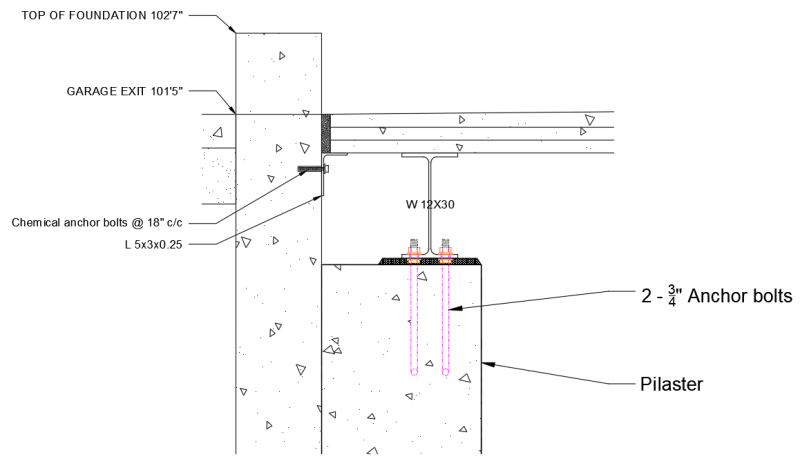Suspended slabs are a popular choice for many construction projects because of their strength, durability, and versatility. They are commonly used in residential, commercial, and industrial buildings as floors, roofs, or bridges. However, choosing the right suspended slab for your project can be a complex process that requires careful consideration of a number of factors. In this article, we will explore the key factors to keep in mind when selecting a suspended slab.
Purpose
The first factor to consider when choosing a suspended slab is its purpose. The intended use of the slab will dictate the type of slab that is needed. For example, a suspended slab that is intended to be used as a floor will need to be able to support the weight of people, furniture, and equipment. On the other hand, a suspended slab that is intended to be used as a roof will need to be able to withstand the elements, such as rain, wind, and snow. If the suspended slab is part of a bridge or other structure, it will need to be designed to support the specific load requirements of that structure.
Load Capacity
The load capacity of the suspended slab is another important factor to consider. The load capacity refers to the amount of weight that the slab will be required to support. This will depend on the intended use of the slab and the types of loads that it will be subjected to. For example, a suspended slab that is intended to be used as a garage floor will need to be able to support the weight of vehicles, while a suspended slab that is intended to be used as a roof will need to be able to withstand the weight of snow.
The load capacity of the suspended slab will also be influenced by the types of materials that are used in its construction. For example, a slab that is reinforced with steel will have a higher load capacity than a slab that is reinforced with only concrete.
Structural Design
The design of the suspended slab is another critical factor to consider. The structural design will need to be tailored to the specific requirements of the project. This includes the size and shape of the slab, as well as the types of reinforcement and joints needed to ensure proper support.
The size and shape of the suspended slab will depend on the dimensions of the building or structure that it is supporting. The reinforcement of the slab will depend on the expected load capacity and the types of loads. That the slab will be subjected to. The joints in the slab are important because they allow for movement in the structure and help to distribute loads more evenly.
Aesthetics
While the primary function of suspended slabs is to provide structural support, aesthetics can also be an important consideration. The appearance of the suspended slabs can have a significant impact on the overall design of the project. For example, a suspended slab that is intended to be used as a floor may need to be finished with a specific texture or color to match the surrounding decor.
There are a number of finishes and textures that can be applied to suspended slabs. Including stamped concrete, acid stains, and epoxy coatings. These finishes can also help to increase the durability of the slab and protect it from damage.
Budget
Finally, the budget for the project is an important factor to consider when choosing suspended slabs. The cost of the suspended slab will depend on a number of factors. Including the type and thickness of the slab, the reinforcement needed, and the design aesthetic.
In general, thicker slabs and those that are reinforced with steel will be more expensive than thinner slabs. That are reinforced with only concrete. The design aesthetic of the slab can also affect the cost. With more elaborate finishes and textures adding to the overall cost of the slab.
It is important to choose a suspended slab that fits within the project budget. While still meeting the necessary load capacity andstructural design requirements. Working with a contractor and a structural engineer can help ensure. That the project stays within budget while still meeting all necessary requirements.
Conclusion
Choosing the right suspended slab for your project is a critical decision. That requires careful consideration of a number of factors. These include the intended use of the slab, the load capacity, the structural design, the aesthetics, and the budget.

